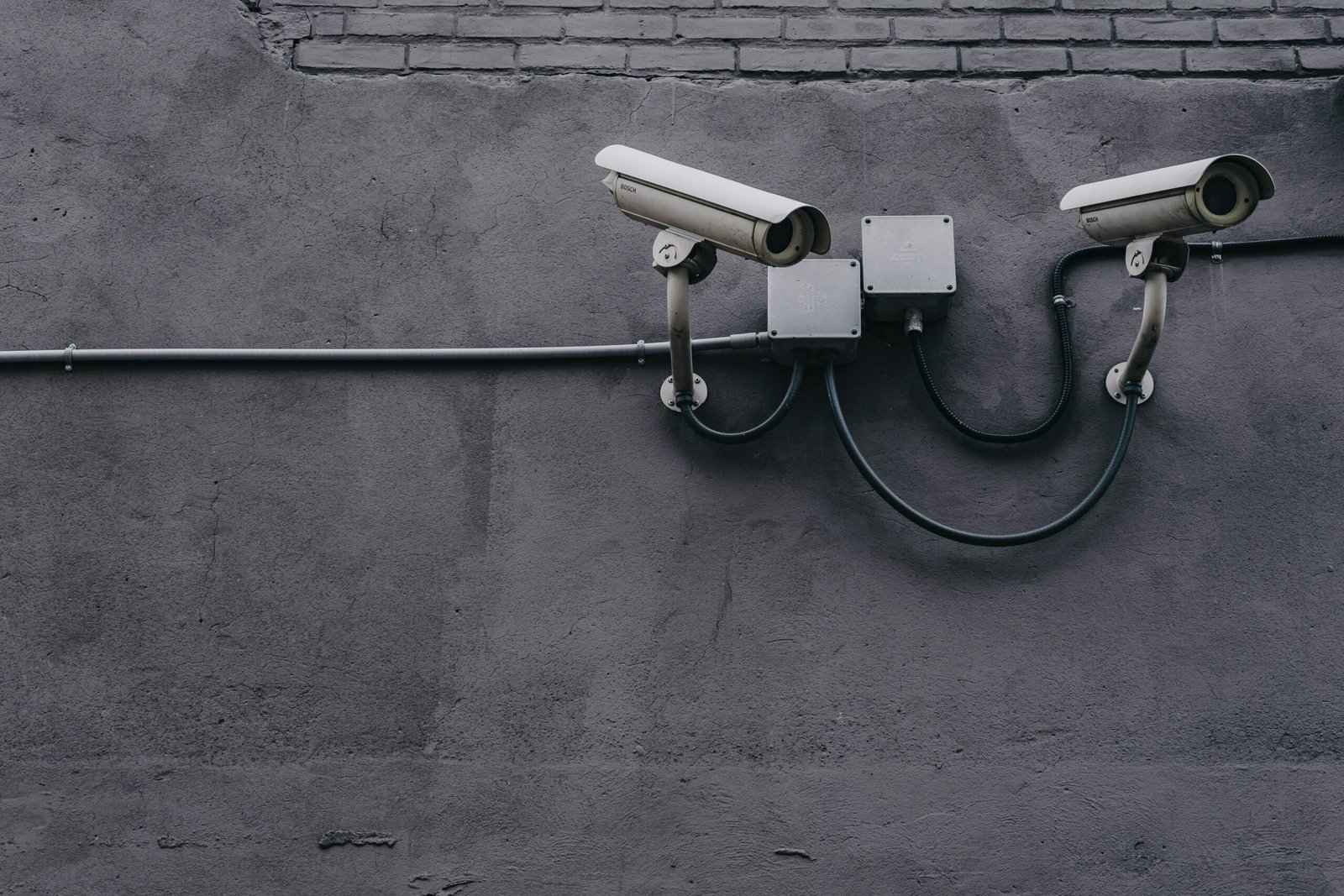
Understanding the Importance of Home Network Security
In the digital age, the concept of home network security has become paramount. As more households integrate numerous connected devices, from smartphones to smart home systems, ensuring robust network security is essential to safeguard personal and financial information. An unsecured home network can serve as an open gateway for unauthorized access, data breaches, and cyber-attacks, posing significant risks to both privacy and financial stability.
Cybercriminals exploit vulnerabilities in home networks to gain unauthorized access, leading to potential data breaches. These breaches can result in the theft of sensitive information, including personal identifiers, banking details, and private communications. According to recent statistics, approximately 58% of cyber-attacks target small businesses and home networks, underscoring the need for enhanced security measures. A notable case study involved a major data breach where hackers accessed a home network through an unsecured smart thermostat, leading to significant financial losses and compromised personal information.
The ramifications of weak network security extend beyond data theft. Unauthorized access can also lead to the hijacking of connected devices, such as security cameras and smart home systems, enabling malicious actors to spy on households or disrupt daily routines. In some instances, compromised networks have been used to launch broader cyber-attacks, utilizing the network’s resources to target other victims.
Protecting a home network is not merely about securing individual devices but about creating a fortified ecosystem that safeguards all connected systems. It is crucial to understand that a single vulnerable device can compromise the entire network, making comprehensive security practices indispensable. By prioritizing home network security, individuals can protect their personal information, financial data, and the integrity of their connected devices from malicious threats.
This foundational understanding of the importance of home network security sets the stage for the practical steps and measures that will be discussed in the subsequent sections, providing a roadmap to create a secure and resilient home network environment.
Implementing Strong Passwords and Authentication Methods
Securing your home network begins with implementing strong, unique passwords for your Wi-Fi network and connected devices. A robust password is one of the most fundamental yet effective measures to prevent unauthorized access. A secure password should be at least 12 characters long and include a mix of uppercase and lowercase letters, numbers, and special characters. Avoid using easily guessable information such as common words, names, or birthdates.
Changing the default passwords on your router and other network devices is crucial. Default passwords are often weak and widely known, making them an easy target for intruders. After setting up your router, immediately change the default password to a more secure one. Additionally, it’s good practice to update your passwords regularly to mitigate the risk of them being compromised over time.
Two-factor authentication (2FA) provides an added layer of security beyond just a password. 2FA requires users to provide two forms of identification before gaining access. This typically involves something you know (a password) and something you have (a mobile device or hardware token). To enable 2FA on your network devices and key accounts, follow these general steps:
1. Log in to the device or account settings.2. Navigate to the security or authentication section.3. Look for the option to enable two-factor or multi-factor authentication.4. Follow the instructions to set up 2FA, which usually involves linking a mobile device or other second-factor method.
Using a password manager can significantly simplify the process of maintaining strong, unique passwords for all your accounts and devices. Password managers securely store and manage your passwords, allowing you to use complex passwords without the burden of memorizing them all. This not only enhances security but also improves convenience.
Configuring Your Router for Maximum Security
Securing your home network begins with properly configuring your router. Start by ensuring your router’s firmware is up-to-date. Manufacturers regularly release updates to patch vulnerabilities and enhance security. Access your router’s settings through a web browser, usually by entering the IP address found in the manual. Look for the firmware update section and follow the instructions to update. Enable automatic updates if available, ensuring your router stays current with the latest security fixes.
Next, change the default network name (SSID) to something unique and non-identifiable. Default names often reveal the router’s make and model, making it easier for attackers to exploit known vulnerabilities. Choose a name that doesn’t give away any personal information.
To protect data transmission, it’s crucial to enable network encryption. WPA3 (Wi-Fi Protected Access 3) is the latest and most secure encryption protocol. If your router supports WPA3, enable it; if not, opt for WPA2. Avoid using outdated protocols like WEP, as they are easily compromised. Access the wireless security settings in your router’s interface to make these changes.
Consider setting up a guest network for visitors. This separate network allows guests to use your internet connection without accessing the main network’s devices and data. Most modern routers offer this feature, and it can usually be activated and configured in the wireless settings section.
Additional security features can further enhance your network’s protection. Enable the router’s built-in firewall to monitor and filter incoming and outgoing traffic. Disabling remote management is also advisable, as it prevents unauthorized access to your router’s settings from outside your home network.
By meticulously configuring these essential settings, you substantially increase your home network’s security, safeguarding your personal data and connected devices.
Regular Monitoring and Maintenance of Your Home Network
Maintaining robust home network security requires ongoing vigilance and proactive measures. Regular monitoring of network activity is crucial to detect suspicious behavior early and mitigate potential threats. Best practices for monitoring include keeping an eye on network traffic patterns, identifying unknown devices connected to the network, and being alert to unusual data usage spikes. Utilizing network monitoring tools can significantly enhance your ability to track and analyze network activity.
Several tools and software solutions are available to aid in network monitoring and threat detection. Applications such as Wireshark, PRTG Network Monitor, and NetFlow Analyzer provide detailed insights into network traffic and help identify anomalies. Employing these tools can help you spot unauthorized access attempts and other security threats before they escalate. Additionally, many modern routers offer built-in monitoring features that can alert you to potential issues in real-time.
Keeping all connected devices updated with the latest security patches and software updates is another critical aspect of network security. Cyber threats continuously evolve, and manufacturers regularly release updates to address newly discovered vulnerabilities. Ensure that your router’s firmware, operating systems, and applications are always up-to-date to protect against known exploits.
Periodically reviewing and updating security settings and passwords is also essential. Change your network’s default settings, such as the SSID and administrative passwords, to unique and complex combinations. Regularly update these credentials to minimize the risk of unauthorized access. Implementing strong, unique passwords for each device and service connected to your network further enhances security.
Creating a comprehensive network security plan is a prudent step towards long-term protection. This plan should outline procedures for monitoring network activity, updating software and firmware, and responding to security incidents. Staying informed about emerging threats and security trends can also help you anticipate and counter new risks. By integrating these practices into your routine, you can maintain a secure and resilient home network.

